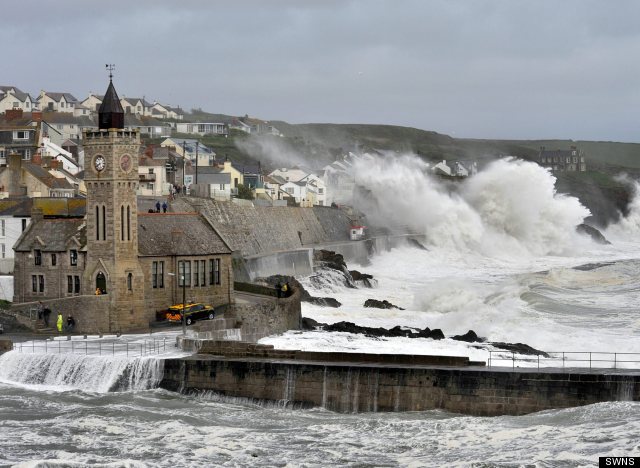 I mentioned in the Barrier lecture that there is a site in Australia where there are a very large number of Pleistocene barrier systems, each marking a former interglacial highstand level.
I mentioned in the Barrier lecture that there is a site in Australia where there are a very large number of Pleistocene barrier systems, each marking a former interglacial highstand level.
The location is the Coorong coastal plain, on the border of South Australia and Victoria. What is unique about this site is that the whole region is subjected to a very slow rate of uplift so the highstand barriers form a kind of staircase, with the oldest one (the one furthest inland) elevated most.
In addition to the contemporary Holocene barrier system, there are 12 Pleistocene highstand barrier systems, each mapped in the map to the right. The oldest system is at least 860,000 years old and has been uplifted by 58 m since its formation. from this, the rate of uplift can be computed: 58 m divided by 860,000 years = 0.07 mm per year.
For more information: ttp://onlinelibrary.wiley.com/doi/10.1002/jqs.717/pdf






